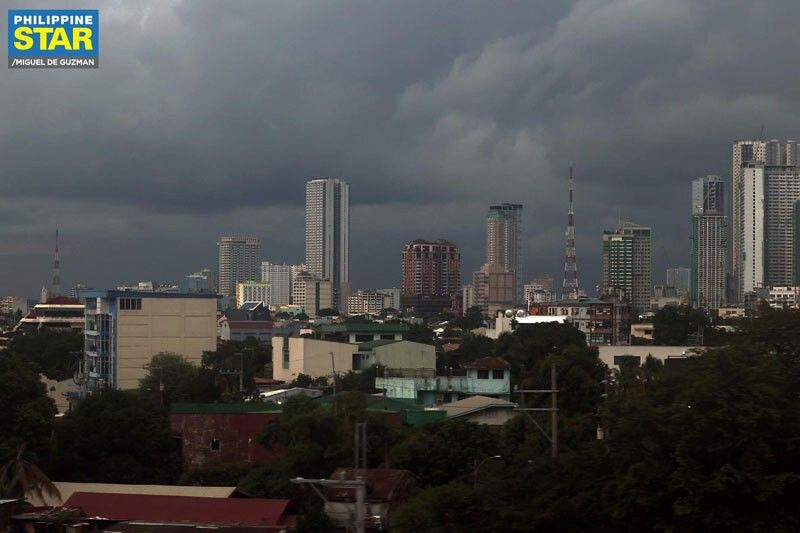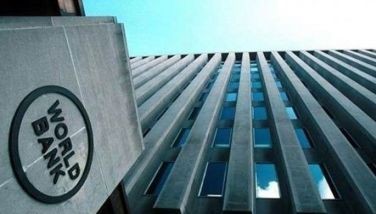ING: Philippines growth likely slowed to 5.6 percent in Q2

MANILA, Philippines — Dutch financial giant ING Bank expects a slower growth of 5.6 percent for the Philippines in the second quarter amid slowing growth momentum in tandem with mounting headwinds on the global front.
In a report, ING Bank senior economist Nicolas Mapa said the Philippines’ gross domestic growth (GDP) likely slowed to 5.6 percent in the second quarter from 6.4 percent in the first quarter.
“Thus, despite posting a surprise expansion in the first quarter, signs of slowing growth momentum suggest that 6.4 percent year-on-year growth in the first quarter will likely be the peak for the year. We have pegged the second quarter GDP growth to settle at 5.6 percent,” Mapa said.
ING projects a slower 5.5 percent GDP expansion for the whole of 2023 after accelerating to 7.6 percent last year from 5.7 percent in 2021 with the lifting of strict COVID quarantine and lockdown protocols.
The Philippines slipped into recession with a GDP contraction of 9.6 percent in 2020 as the economy stalled due to strict mobility restrictions to slow the spread or COVID infections.
ING Bank’s GDP growth forecast for this year is slower than the six to seven percent expansion penned by economic managers through the Development Budget Coordination Committee (DBCC).
“Despite the impressive growth numbers recorded so far, signs point to growth moderating as early as the second quarter,” Mapa said.
According to Mapa, the quarter-over-quarter growth of 1.1 percent in the first quarter was the slowest pace of expansion since 2011 and below the 1.9 percent average growth outside the COVID recovery period.
“Perhaps we are seeing the initial signs of a pullback from the so-called revenge spending as households shift to more normal savings and spending behavior a year after lockdowns were lifted,” he said.
On top of slowing topline economic activity, the economist is also seeing worrying trends in imports and bank lending.
The bank said the 6.4-percent expansion reported in the first quarter would likely be the peak for the year.
Elevated commodity prices and resurgent domestic demand drove inflation to a peak of 8.7 percent in January. With inflation blowing past the central bank’s target band of two to four percent, the Bangko Sentral ng Pilipinas (BSP) resorted to aggressive tightening in a bid to quell inflationary pressures and to support the ailing currency.
The BSP rattled off a cumulative 425 basis points worth of tightening beginning mid-2022 to tame inflation that peaked at a 14-year high of 8.7 percent in January and stabilize the peso that slumped to an all-time low of 59 to $1 in October last year.
Mapa said the BSP’s aggressive tightening helped steady the peso, but has begun to weigh on bank lending activity.
The lagged impact of rate hikes, the central bank explained, takes roughly 12 to 18 months to take effect.
“Thus we can expect the lagged effect to continue to weigh on bank lending until early next year should March 2023 be the last move for this particular hiking cycle,” Mapa said.
He pointed out that bank lending in the Philippines is concentrated in six sectors, namely manufacturing, utilities, retail trade, information and communication, finance and insurance and real estate.
- Latest
- Trending






















